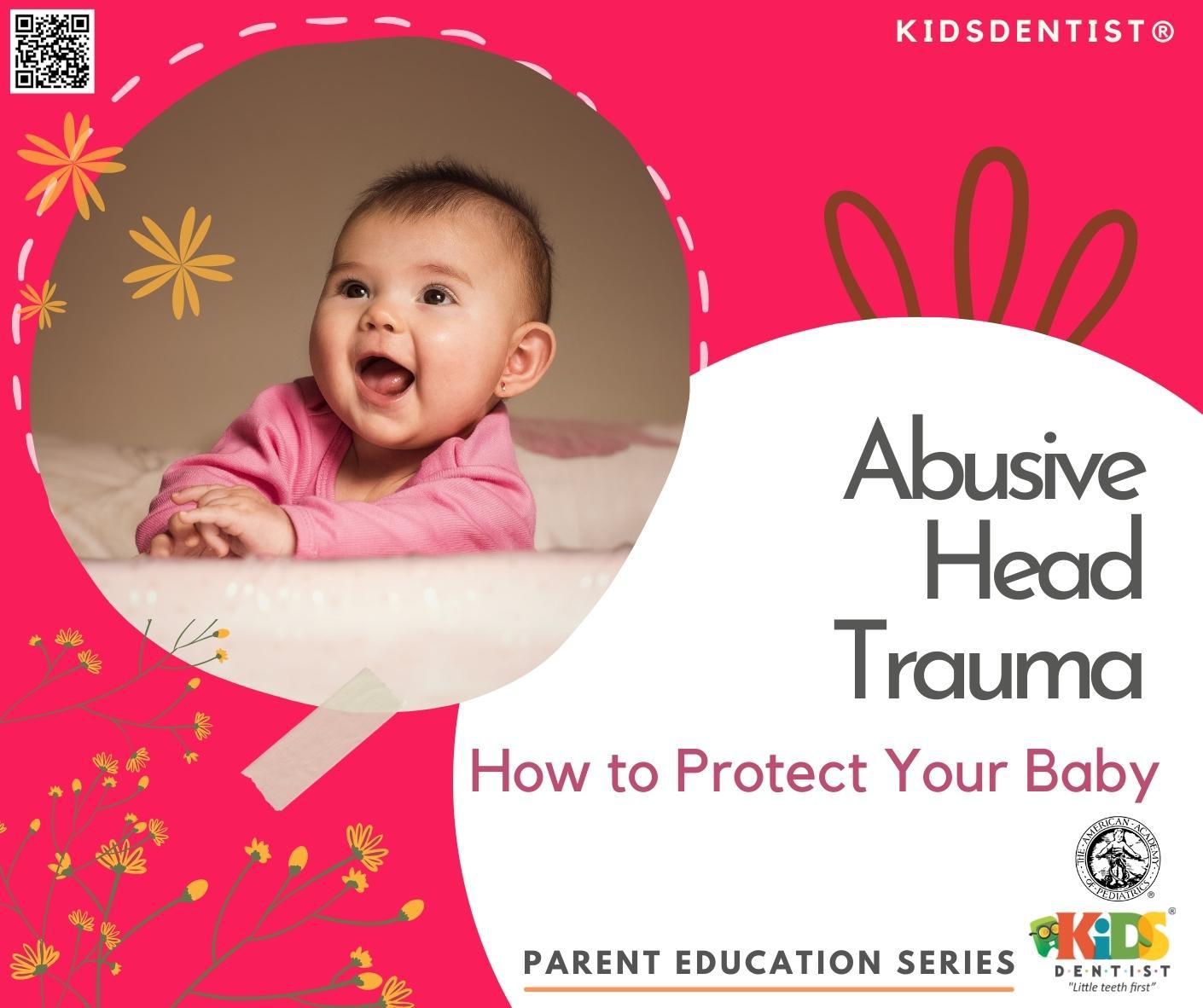
Abusive head trauma (AHT) often happens when a parent or caregiver becomes angry or frustrated because of a child's crying. This is because it is most often caused by shaking a small child or infant so hard that it has a whiplash effect. It can also be caused by jerking, throwing, or hitting the child. Abusive head trauma is a form of child abuse that can be deadly or leave a baby seriously injured for a lifetime. Most often, victims of this kind of abuse are less than 1 year old, but it can happen with children up to age 5.
How is abusive head trauma diagnosed?
You should go to the emergency room right away if you suspect your child is suffering from abusive head trauma. Some symptoms of abusive head trauma (for example, vomiting or irritability) are also common in other illnesses. So, it is important for the doctor to know if your child may have been shaken or hit in the head. The doctor will ask questions about what happened. Unfortunately, the person responsible for the abuse may not be honest about their actions.
Can abusive head trauma be prevented or avoided?
Because this happens due to a caregiver’s actions, it is absolutely possible to prevent abusive head trauma. It is important for everyone who takes care of your baby or young child to learn how to handle stressful situations (for example, when your baby cries for a long time).
One way to handle stress is taking several deep breaths, finding a safe place for your child (for example, the crib), and walking to another room for 10 to 15 minutes to calm yourself.
Soothing a crying baby is not easy. However, there are a number of things you can try to calm the baby, including Singing, Rocking, Swaddling, taking them for a ride or a walk, Breastfeeding, offering a bottle or pacifier, Laying the baby on their stomach across your lap, and gently rub or pat the baby’s back
Combining these strategies with “white noise” or rhythmic sounds (for example, music, a hairdryer, or a clothes dryer) can help. You also can try putting your child down for a nap on their left side to help with digestion, or on their back.